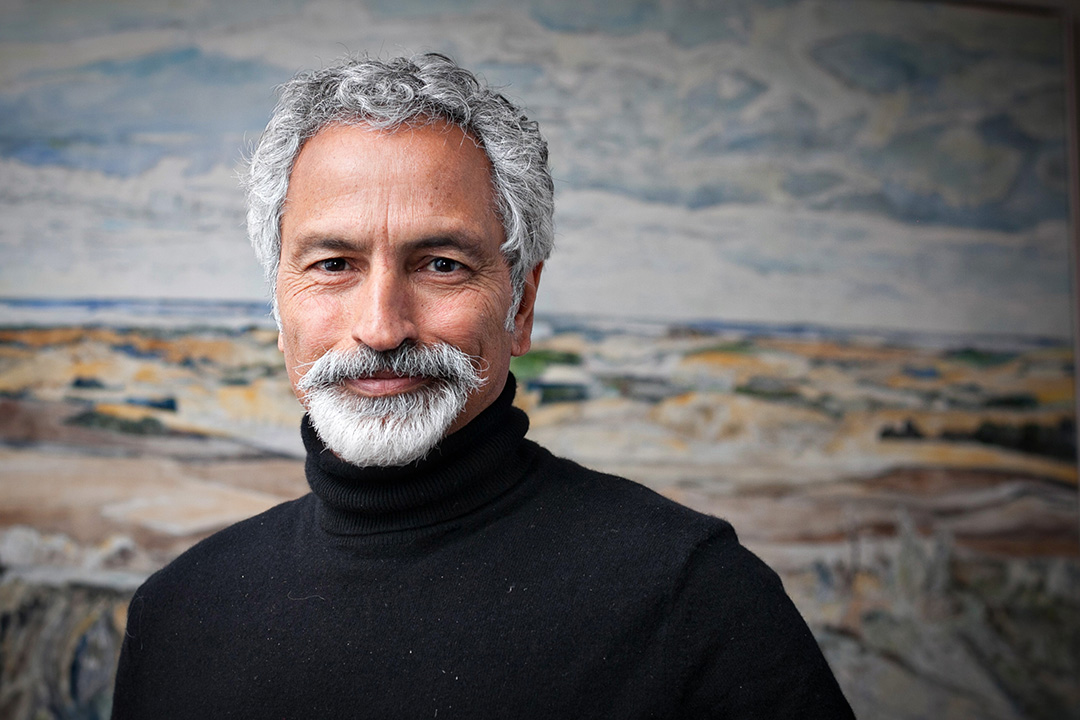
USask team developing COVID-19 wildlife test
As the world continues to search for answers to COVID-19, University of Saskatchewan (USask) researchers are focused on tracking the virus in wildlife.
By Katie Brickman-Young“It is very likely that SARS-CoV-2 originated in a wild animal, and there’s a possibility the virus may jump back from people into wild animals, become stronger and change itself for reintroduction into humans,” says Dr. Vikram Misra (PhD), a veterinary microbiologist and professor in the Western College of Veterinary Medicine (WCVM) at USask.
Misra is leading a multidisciplinary team of researchers to develop a universal test that will help scientists monitor many wildlife species for exposure to the novel coronavirus that causes COVID-19. In August, the team was among several USask research groups to receive grant funding through the Natural Sciences and Engineering Research Council of Canada (NSERC).
Serological blood tests to detect antibodies in humans are rapidly being developed and used to detect the proportion and spread of the virus in previously exposed individuals. However, such a test that can simultaneously detect COVID-19 exposure in a wide variety of animal species doesn’t exist yet.
The team is working on creating a test that would detect antibodies against the virus in wildlife blood or tissue samples. Scientists would then use a test for surveillance of wild and domestic species across Canada.
“Our goal with this project is to develop a single test that can be used for all species. We also want to have this test be relatively simple and standardized for typical diagnostic laboratories,” explains Misra. “We are trying to build a test that is universal, easily standardized and can be used by multiple organizations.”
Misra’s laboratory at the WCVM has had luck in the past with developing a test that showed exposure to the herpesvirus and to other coronaviruses in bats. This COVID-19 project brings investigators together who have routinely worked with a wide range of wild and domestic animals.
Besides Misra, the team includes two of his colleagues — Drs. Darryl Falzarano (PhD) and Emily Jenkins (DVM) of the WCVM’s Department of Veterinary Microbiology — along with biologist Dr. Christy Morrissey (PhD) of the USask College of Arts and Science.
“When this all started, several of us who work with wildlife got a bit concerned with what we know about these types of coronaviruses and that it likely came from a wildlife reservoir,” says Misra. “So, we came together to try and find a solution from our experience.”
The USask researchers are working with Environment and Climate Change Canada, the Canadian Wildlife Health Cooperative, Harvard University and USask’s Vaccine and Infectious Disease Organization-International Vaccine Centre (VIDO-InterVac).
“Once we get the test developed, we will hand it off to whoever is interested in setting it up in terms of active surveillance,” says Misra.
The race to find answers to the global pandemic has brought together multiple groups to collaborate on solutions, something Misra relates to the One Health approach to solving complex health problems — one of the university’s signature research areas.
“This is a perfect example of a One Health problem. One Health is the health of the environment and the health of everybody in it, human or animal,” he says. “This is a complex problem. You can’t solve it without different people. At the centre of One Health is the collaboration between different disciplines to solve complex problems and looking at the inner-related environment.”
Through its COVID rapid-response funding program, NSERC awarded Misra’s group and each of the three other USask teams nearly $50,000 for one year. The research projects address pandemic-related research and technical challenges, working with industry, public sector and not-for-profit partners.
“COVID-19 has had more of an impact on the world than just about anything that came before it,” says Misra. “Our goal is to either get rid of it or deal with it, and try to prevent similar things from happening in the future.”
